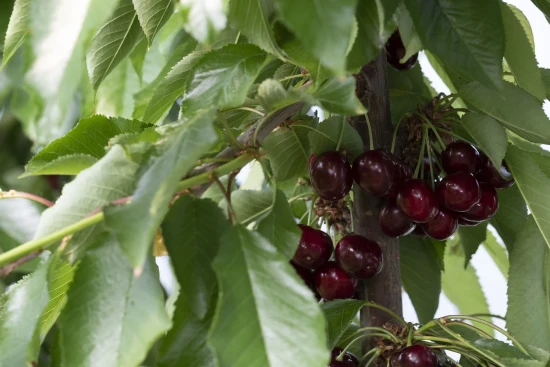The survival and adaptation of plants to climate change is significantly influenced by the process of vertical seed dispersal, especially for species found in hills or mountains, where dispersal to higher or lower altitudes can affect their development.
Despite the fact that numerous plants depend on animals for seed dispersal, there is a scarcity of research on this phenomenon, which is influenced by complex behaviors.
Previous research has suggested that animals living in temperate regions disperse seeds uphill during spring and summer and downhill during autumn and winter due to their seasonal movement, which corresponds to altitudinal gradients related to food phenology.
Research background and gaps
This hypothesis has only been tested on a single mountain range, and moreover, the vertical seed dispersal by birds may differ from that of mammals, and the extinction of frugivorous megafauna and the topography of the mountains may influence seed dispersal patterns.
That is why researchers from numerous institutes and universities in Japan have sought to determine whether the direction of vertical seed dispersal by mammals and birds is influenced by the phenology of fruiting, regardless of the mountain's topography.
The research questions were as follows: 1) Is the direction of vertical seed dispersal across mountains with variable topography influenced by fruiting phenology? 2) Is the vertical seed dispersal distance by birds shorter compared to that of mammals? and 3) Are the frequency and distance of vertical seed dispersal lower and shorter in mountainous areas that lack frugivorous megafauna?
Study design and species
To address these issues, they estimated the vertical seed dispersal of two cherry species (Cerasus leveilleana and Padus grayana) by mammals and birds in three mountain ranges of central Japan, using seed isotopic analysis.
The two species have comparable fruit characteristics (e.g., fruit size and nutritional values) and are both associated with the same frugivore species.
However, they produce fruits at distinct intervals, which presents a valuable opportunity to assess whether fruiting phenology influences the vertical seed dispersal.
Findings and implications
The Asian black bear (Ursus thibetanus) has become locally extinct in one of the three mountain ranges under study.
Regardless of the frugivore community or mountainous topography, it has been observed that cherry species fruiting in summer show robust uphill seed dispersal, while cherry species fruiting from summer to autumn show weak downhill seed dispersal.
These results suggest that the direction of vertical seed dispersal by mammals and birds across the mountains is influenced by the phenology of fruiting.
Role of animals in dispersal
Although birds probably disperse fewer seeds, mammals and birds have dispersed seeds along a similar vertical profile.
The remaining mammal species were unable to compensate for the absence of bears, which usually dispersed the majority of the seeds.
These results lead to the conclusion that the efficiency of temperate plants in migrating to other climatic areas is influenced by the presence of megafauna and the fruiting phenology of the individual species.
Climate change considerations
Climate change makes new areas theoretically suitable for the growth of these plants, but it is necessary for there to be vectors to transport the seeds.
Source: Tsunamoto, Y., Koike, S., Tayasu, I. et al. Fruiting phenology affects the direction of vertical seed dispersal by mammals and birds across mountain ranges. Oecologia 207, 24 (2025). https://doi.org/10.1007/s00442-025-05663-x
Image source: Il Giornale dell'Ambiente
Melissa Venturi
University of Bologna (ITA)
Cherry Times - All rights reserved










